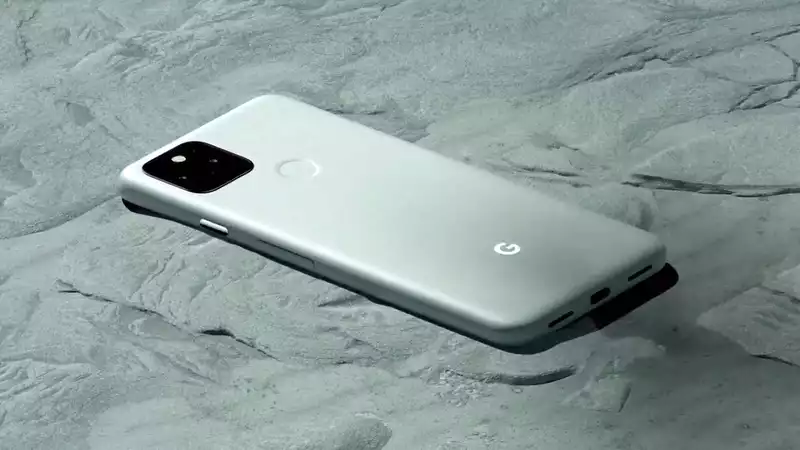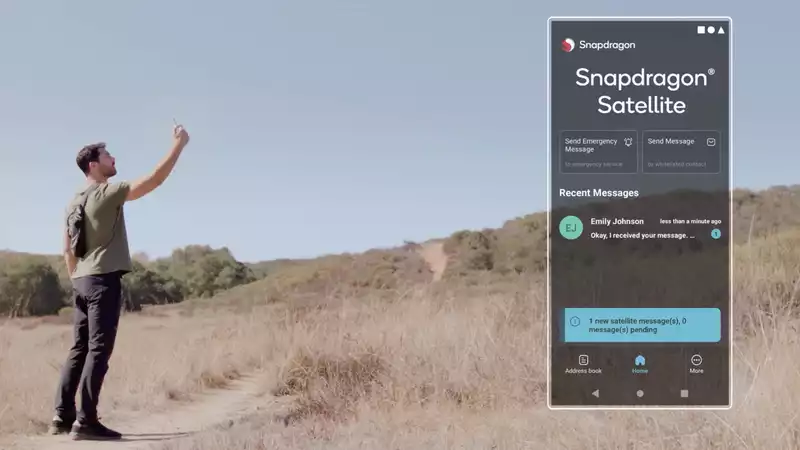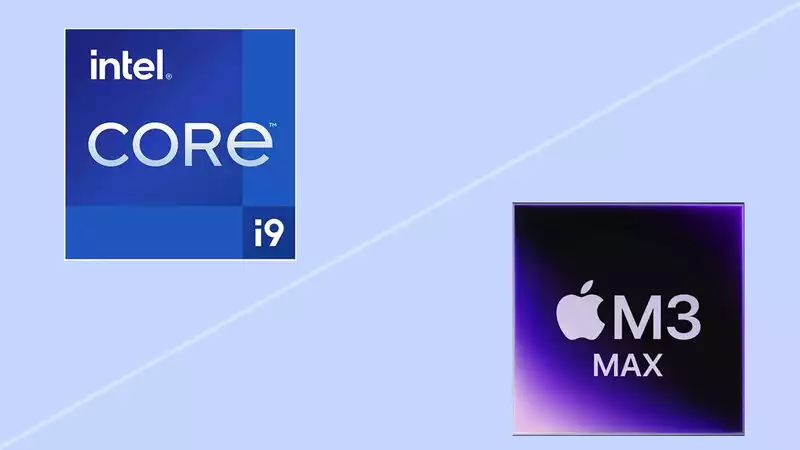The Google Pixel 5 is a phone with a practical design and features; it does not include the Pixel 4 Soli radar chip or Motion Sense controls. However, Google has stated that these technologies will return.
It may seem a bit reductive to remove some pretty interesting features from the next generation Pixel phones. However, Rick Osterloh, Google's hardware lead, told The Verge that Google's radar and motion control technology would make the Pixel 5 too expensive.
"It will be used in the future," Osterloh explained. It was just too expensive for the phone Google wanted to make this time around."
At $699, the Pixel 5 was $100 cheaper than the previous model when it launched. With phones like Samsung's Galaxy S20 FE also coming in at $699, and the non-professional model of the iPhone 12 expected to be about the same price, there seems to be a growing desire to make an almost flagship phone for under $800.
The Pixel 5, with its Snapdragon 765G chipset instead of the flagship Snapdragon 865, is already compromised to target what we consider the upper end of the mid-range smartphone price range. So the removal of the Soli chip and Motion Sense from the Pixel 5 is not a surprise.
But if this technology has not been abandoned by Google, where will it be used next? That is a question that requires a bit of speculation. If Google decides to make another true flagship phone, perhaps at a time other than when the world is reeling from the economic impact of a global pandemic, it could revive this technology for the Pixel 6.
Alternatively, this technology could be integrated into Google's Nest smart home technology, where powerful motion control and powerful facial recognition technology for Chromecast devices and Home Hub kits make sense, as well as music playlists Allowing multiple users to authenticate themselves in order to open customized options. Alternatively, gesture recognition allows for better smart home technology control without the need to bark commands at Google Assistant or use smartphone apps.
As it stands, we will have to play the wait-and-see card, as Google has not mentioned Soli and Motion Sense technology as well as what they plan to do next with the device, but it is interesting to note that Google has not dismissed the technology out of hand.










Comments